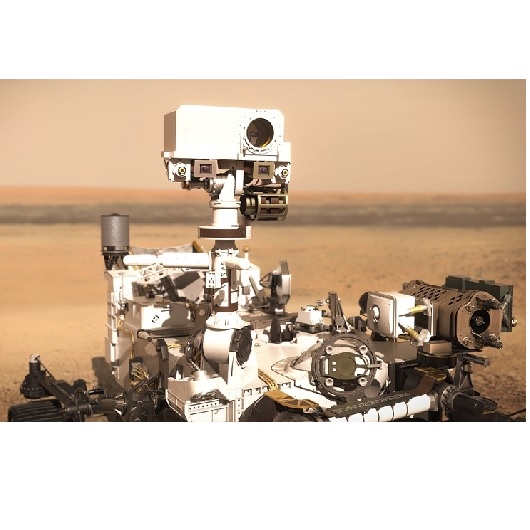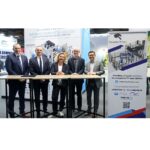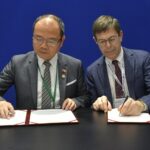Thales called on Cetim’s expertise to check the leak-tightness of the laser equipping the Supercam, the Perseverance rover’s “eyes” on the Mars 2020 mission.
After Curiosity, it is now Perseverance, the new Mars rover that is making use of Cetim’s know-how. Cetim had been asked to conduct leak-tightness tests on the laser of Curiosity’s ChemCam vision system and has now been assigned the same task for Thales’ laser fitted on the Supercam, the eyes of the Perseverance rover currently exploring the surface of the red planet. Following an initial phase of testing, Cetim experts were able to accurately determine the laser’s tightness level and confirm that it met with the requisite criteria.
The experts opted for vacuum helium leak testing since the selected method needed to meet stringent cleanliness and other requirements, making it difficult to manually handle the instrument. This method requires complicated interpretation but is perfectly suited to inaccessible welded components.
A three-step process
Firstly the tested item (in this case the laser) is immersed in a chamber pressurised with a tracer gas (helium) for a given period of time. Next the chamber is degassed until all the helium has been removed from the surface of the instrument. Lastly the gas trapped inside the instrument is measured with a helium mass spectrometer after it has been transferred to a vacuum chamber. The vacuum forces the trapped helium out of the component and the molecules present are counted.
Another “Martian” technology at Cetim
Laser-Induced Breakdown Spectroscopy (LIBS) is another technique integrated to the Perseverance rover for “in situ” analyses of the Martian soil composition. Cetim boasts solid experience in this technique which can also be efficiently used for in-line industrial inspection, ranging from raw materials to finished products.
LIBS is based on the analysis of an optical emission spectrum of the plasma generated on the surface of a material by a laser. LIBS operates by focusing a pulsed laser beam on the material with enough energy to transform a very small quantity of material into plasma which is then analysed by optical emission spectroscopy. The technique can be used to examine the elemental composition of solids, liquids or gases without contact or preparation. It also enables the elemental mapping of parts. The major advantages of LIBS are that it is quick, minimally-destructive and highly sensitive. Additionally it is suited to the analysis of small particles and to many different types of materials.
Cetim Grand Est is involved in research in this area. As such, the Carnot Mica Institute houses a dedicated platform fitted out with a host of equipment for material analysis and specific studies and making it possible to offer a wide assortment of consulting and study services for the development of specific inspection systems.
For more information, please contact sqr@cetim.fr



